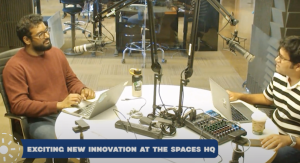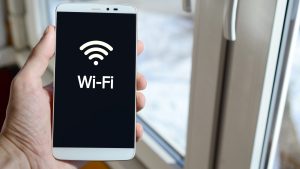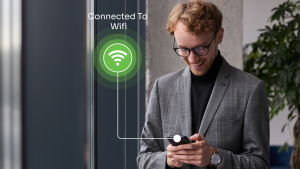
As universities work to accommodate an increasing number of students, ensuring safety, allocating resources effectively and creating a high-quality student experience become challenging. This is where occupancy people counting technology comes in. It leverages innovative technology to accurately monitor and analyze the flow of people in various areas of a university campus. Cisco Spaces, a frontrunner in smart campus management technology, offers advanced occupancy monitoring capabilities specifically designed for universities. But how exactly does occupancy people counting technology benefit a university? Read on…
1. Ensuring Safety & Compliance
Safety is the topmost priority for any university and occupancy people counting technology plays a vital role in maintaining a safe campus. By accurately counting the number of people in specific spaces, universities can enforce occupancy limits, monitor social distancing guidelines and ensure compliance with safety regulations. Cisco Spaces’ occupancy monitoring solution utilizes a variety of technologies, such as Wi-Fi, Bluetooth Low Energy (BLE) and RFID, to provide real-time data on occupancy levels and help universities proactively manage campus safety.
2. Optimizing Resource Allocation
Universities often struggle with resource allocation, particularly when it comes to classrooms, study areas and other shared spaces. Occupancy people counting technology provides universities with actionable data to optimize resource allocation based on actual usage. With Cisco Spaces’ occupancy monitoring capabilities, universities can track and analyze space utilization trends, identify underutilized areas and make informed decisions on how to allocate resources more efficiently. This ultimately maximizes the utilization of campus spaces, enhances operational efficiency and reduces unnecessary costs.
3. Improving Space Planning & Design
By gaining valuable insights into how their spaces are used, universities can make informed decisions about space planning and design. Cisco Spaces allows universities to analyze historical occupancy data, identify patterns and trends, and make data-driven decisions when designing new campus spaces or renovating existing ones. This ensures that spaces are better aligned with student needs, fostering collaboration, productivity and engagement.
4. Enhancing the Student Experience
A key factor in attracting and retaining students is providing a seamless and enjoyable student experience. By monitoring the occupancy levels in common areas such as libraries, computer labs and cafeterias, universities can proactively manage congestion and overcrowding. This allows students to find suitable study spaces, access resources more easily and navigate their campus efficiently. By leveraging occupancy monitoring solutions, universities can provide students with a positive and productive campus experience.
5. Supporting Energy Efficiency Efforts
It is increasingly important for universities to reduce energy consumption and reduce their environmental impact. Occupancy people counting solutions can contribute to these efforts by optimizing the use of campus spaces and thereby reducing energy consumption. By accurately tracking occupancy levels, universities can identify areas that are consistently underutilized and repurpose them aptly. Cisco Spaces’ people counting solution can help universities dynamically optimize HVAC and lighting systems based on real-time occupancy data, resulting in significant energy savings while maintaining a comfortable environment for students and staff.
In addition to its advanced occupancy monitoring capabilities, Cisco Spaces offers several other use cases to turn your institution into a smart campus. Learn more about occupancy monitoring here.



